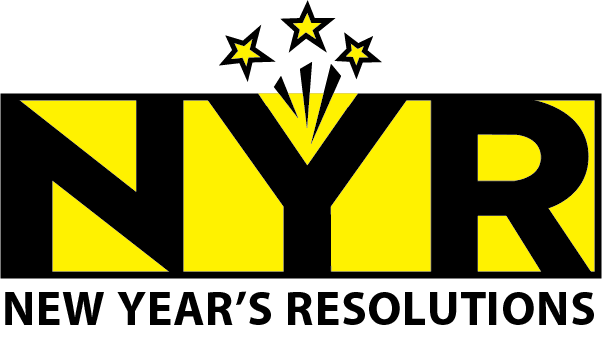Welcome to a new analysis! Today, we’re diving into the fascinating story and structure of WPP, one of the most influential companies in the world of advertising and communications. From its humble beginnings to its global impact, we’ll explore how WPP has managed to stay ahead in such a competitive industry.
By the end of this video, you’ll not only know more about WPP but also uncover the secrets behind its success and its future plans. If you’re passionate about marketing, media strategies, or simply enjoy learning about leading companies, stick around!
The History of WPP: From Wire Baskets to an Advertising Empire
Did you know that WPP started as a wire basket manufacturing company? Yes, back in 1971, this British company focused on producing plastic household items, with no plans of becoming a global advertising powerhouse.
The turning point:
In 1985, visionary entrepreneur Martin Sorrell saw the company’s potential and used it as a vehicle to acquire advertising agencies. This marked the birth of the WPP we know today.
Rapid expansion:
Between 1987 and 1990, WPP acquired some of the world’s most prestigious agencies, such as Ogilvy & Mather and JWT, establishing its dominance in the sector.
Headquarters and global presence:
Based in London, United Kingdom, WPP operates in over 100 countries, allowing it to collaborate with multinational clients across the globe.
Ownership structure:
Key stakeholders include major investment funds like BlackRock and Vanguard, along with a diverse base of institutional and individual investors.
WPP’s Global Impact: Clients, Revenue, and Brand Power
Let’s talk about WPP’s reach and its impressive portfolio of clients.
Major clients:
WPP works with some of the most influential companies in the world, including:
Unilever: Known for brands like Dove and Axe.
Procter & Gamble: A leader in consumer goods.
Coca-Cola and PepsiCo: Direct competitors under the same network.
Ford and BMW: Global automotive giants.
Google and Microsoft: Technology powerhouses.
Annual revenue:
Generating approximately $14 billion annually, WPP remains a top player in the global advertising market, with revenues steadily growing thanks to its diversified approach.
Cultural and strategic diversity:
Operating in over 100 countries, WPP adapts to local cultures while leveraging global expertise to provide integrated, effective strategies for its clients.
WPP’s Structure: A Network of Agencies
WPP isn’t just one company; it’s an ecosystem of specialized agencies working together to deliver comprehensive solutions to clients. Let’s break down its key divisions:
Media Agencies:
GroupM is the core of this division, managing brands like Mindshare, MediaCom, Wavemaker, and EssenceMediacom.
Clients: Unilever, Google, L’Oréal.
Media Planning:
Mindshare specializes in advanced media strategies and ad buying.
Clients: Nike, Ford.
Public Relations:
Burson Cohn & Wolfe (BCW): Renowned for corporate communications.
Hill+Knowlton Strategies: Experts in public relations for global brands and governments.
Clients: Amazon, Netflix.
Social Media Agencies:
Ogilvy Social.Lab: A leader in integrated social campaigns.
Clients: Dove, Guinness.
Digital Agencies:
AKQA and VMLY&R are known for innovative digital experiences and creative campaigns.
Clients: Dell, PepsiCo.
Programmatic Advertising:
Xaxis: Data-driven media buying using advanced technologies.
Clients: BMW, Samsung.
Quick Summary
Here’s a snapshot of WPP’s divisions, key agencies, and the major brands they handle. This visual shows how WPP integrates creativity, technology, and strategy to maintain its leadership position.
Future Plans: Reinventing WPP for Tomorrow
The advertising industry is constantly evolving, and WPP has ambitious plans to stay relevant:
Internal Mergers:
Consolidating agencies to optimize resources and foster collaboration.
Asset Sales:
The company plans to divest from underperforming areas and redirect resources to high-growth segments.
Focus on Emerging Markets:
Regions like Asia and Latin America are key for their economic growth, digital adoption, and massive consumer potential.
Digital Transformation:
WPP is heavily investing in AI, data analytics, and immersive experiences to provide cutting-edge solutions to its clients.
Conclusion: WPP, a Giant in Constant Evolution
In summary, WPP has transformed from a small British company into a global leader in advertising and communications, thanks to its adaptability and innovation. Its history and structure are a testament to how leadership and vision can drive success in a constantly changing market.
What do you think about WPP?
Do you believe their future strategies will ensure continued success?
Let me know your thoughts in the comments, don’t forget to like this video, and subscribe for more content like this.
See you in the next episode!


